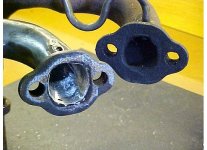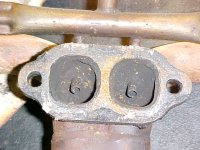dirtypants
Well-known member
what is the shape (square, round, D, oval ??) and dimensions of the exhaust ports on stock heads for 81 350ci and...
has anyone used Remflex exhaust manifold gaskets..for aftermarket headers,..which Remflex part #..happy with em or not? If you used Fel Pro..or other, same questions..which part #, happy or not?
Thanks
Nick
has anyone used Remflex exhaust manifold gaskets..for aftermarket headers,..which Remflex part #..happy with em or not? If you used Fel Pro..or other, same questions..which part #, happy or not?
Thanks
Nick







